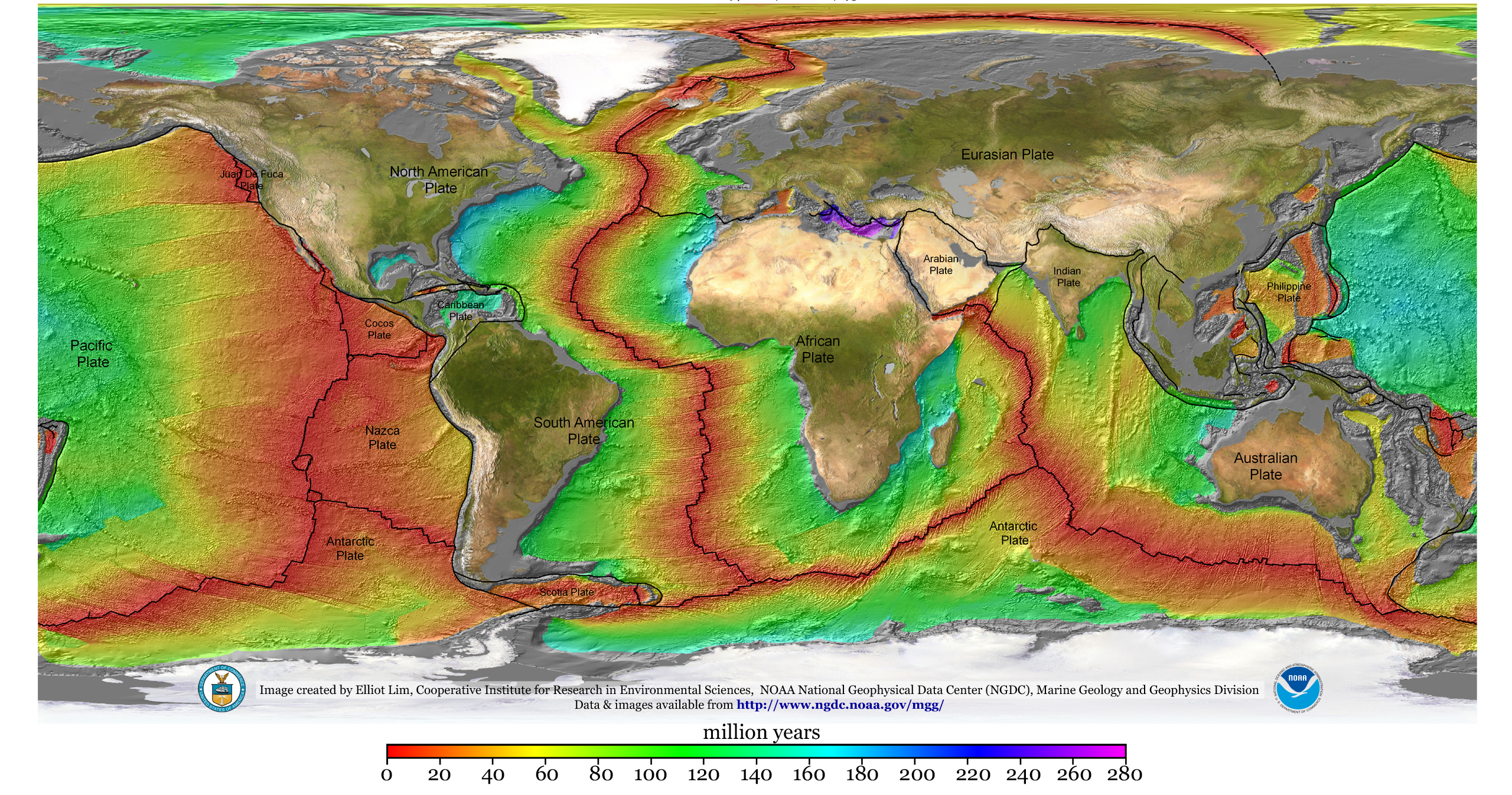All Categories
Featured
Table of Contents
Geophysical Surveys Definition & Meaning In Stock ... in Leeming Oz 2023

(PREM)., and the borders in between layers of the mantle are constant with phase shifts.

This makes plate tectonics possible. Schematic of Earth's magnetosphere. The solar wind circulations from delegated right. If a world's magnetic field is strong enough, its interaction with the solar wind forms a magnetosphere. Early space probes drawn up the gross measurements of the Earth's magnetic field, which extends about 10 Earth radii towards the Sun.
Inside the magnetosphere, there are fairly thick regions of solar wind particles called the Van Allen radiation belts. Geophysical measurements are typically at a particular time and place.
Geophysics in Willetton WA 2022
, combines astronomical collaborates and the local gravity vector to get geodetic collaborates. This technique only provides the position in 2 collaborates and is more tough to use than GPS.
Relative positions of two or more points can be determined using very-long-baseline interferometry. Gravity measurements ended up being part of geodesy since they were needed to associated measurements at the surface area of the Earth to the recommendation coordinate system. Gravity measurements on land can be used gravimeters deployed either on the surface or in helicopter flyovers.
, which are studied through geophysics and area physics.
Geophysical Survey Permit Program in East Fremantle Australia 2020

Considering that geophysics is concerned with the shape of the Earth, and by extension the mapping of features around and in the world, geophysical measurements include high accuracy GPS measurements. Once the geophysical measurements have been processed and inverted, the translated outcomes are outlined using GIS.
Numerous geophysics business have actually created in-house geophysics programs that pre-date Arc, GIS and Geo, Soft in order to satisfy the visualization requirements of a geophysical dataset. Expedition geophysics is applied geophysics that typically utilizes remote sensing platforms such as; satellites, aircraft, ships, boats, rovers, drones, borehole sensing devices, and seismic receivers.
For example, aeromagnetic information (airplane collected magnetic data) gathered using standard fixed-wing airplane platforms should be corrected for electromagnetic eddy currents that are produced as the airplane moves through Earth's magnetic field. There are also corrections associated with modifications in measured potential field strength as the Earth rotates, as the Earth orbits the Sun, and as the moon orbits the Earth.
What Does A Geophysicist Do? Role & Responsibilities in Brookdale Aus 2021
Signal processing includes the correction of time-series information for undesirable sound or mistakes presented by the measurement platform, such as aircraft vibrations in gravity information. It likewise includes the reduction of sources of noise, such as diurnal corrections in magnetic data. In seismic information, electro-magnetic information, and gravity information, processing continues after error corrections to include computational geophysics which result in the last interpretation of the geophysical information into a geological analysis of the geophysical measurements Geophysics became a different discipline just in the 19th century, from the crossway of physical geography, geology, astronomy, meteorology, and physics.
The magnetic compass existed in China back as far as the 4th century BC. It was not till great steel needles might be created that compasses were used for navigation at sea; before that, they could not maintain their magnetism long enough to be beneficial.
By taking a look at which of 8 toads had the ball, one might identify the instructions of the earthquake. It was 1571 years before the very first style for a seismoscope was released in Europe, by Jean de la Hautefeuille. It was never constructed. One of the publications that marked the beginning of contemporary science was William Gilbert's (1600 ), a report of a series of meticulous experiments in magnetism.
Geophysicists in Carmel Western Australia 2021
In 1687 Isaac Newton released his, which not just laid the structures for classical mechanics and gravitation Also explained a variety of geophysical phenomena such as the tides and the precession of the equinox. The first seismometer, an instrument capable of keeping a constant record of seismic activity, was constructed by James Forbes in 1844. Dietmar; Sdrolias, Maria; Gaina, Carmen; Roest, Walter R. (April 2008). "Age, spreading rates, and spreading out asymmetry of the world's ocean crust". Geochemistry, Geophysics, Geosystems. 9 (4 ): Q04006. Bibcode:2008 GGG ... 9. 4006M. doi:10. 1029/2007GC001743. S2CID 15960331. "Earth's Inconstant Electromagnetic field". science@nasa. National Aeronautics and Space Administration. 29 December 2003. Recovered 13 November 2018.
Leipzig. Berlin (Gebruder Borntraeger). Runcorn, S.K, (editor-in-chief), 1967, International dictionary of geophysics:. Pergamon, Oxford, 2 volumes, 1,728 pp., 730 fig Geophysics, 1970, Encyclopaedia Britannica, Vol. 10, p. 202-202 Ross 1995, pp. 236242 Shearer, Peter M. (2009 ). Introduction to seismology (second ed.). Cambridge: Cambridge University Press. ISBN 9780521708425. Stphane, Sainson (2017 ).
Latest Posts
How To Become A Geophysicist in Dalkeith WA 2022
What Is The Best Degree Path For Becoming A Geophysicist? in Floreat WA 2023
Marine Geology And Geophysics in Rivervale Western Australia 2022